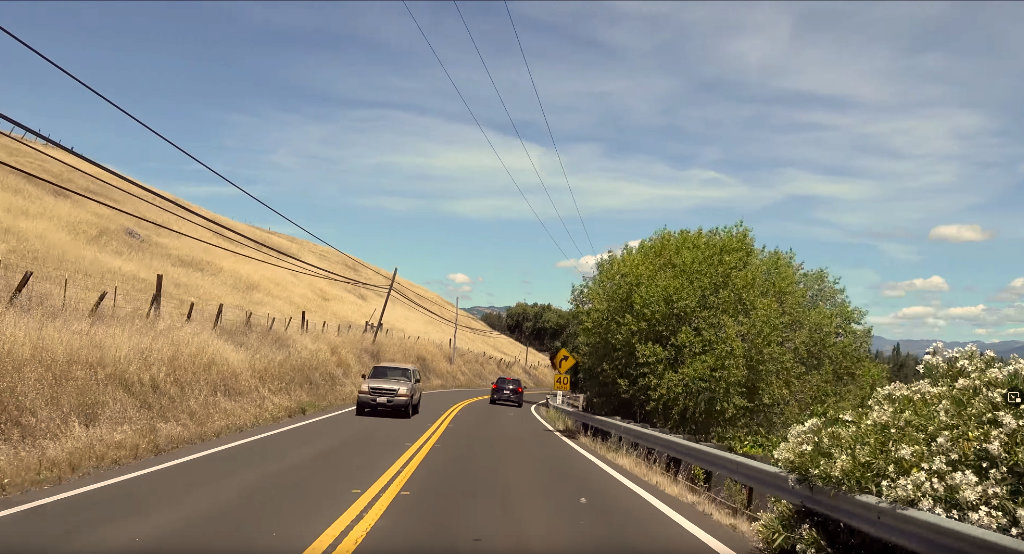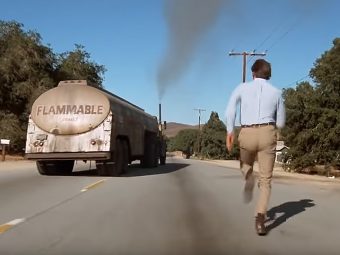Rural lanes are beautiful to behold, but they can also be frustrating to drive at times. Countryside driving might be filled with rolling hills, breath-taking views and serene wildlife encounters but it could also see you being stuck behind a tractor, or having to wait patiently for a herd of cows to cross your path.
As a learner, driving in the countryside can be challenging, as it requires you to drive carefully and adapt to the unexpected situations that you may be presented with. Of course, your instructor will do their best to introduce you to lots of different roads, to expose you to different driving experiences. However, if you live in a city and attended one of the driving schools in Birmingham for example, your knowledge of countryside driving may be limited.
Countryside driving is an important skill to add to your driving repertoire and as a learner, it will help you to become a more intuitive and adaptable driver. To introduce you, here’s everything that you’ll need to know about learning to drive in the countryside.
Adjust your speed to the situation
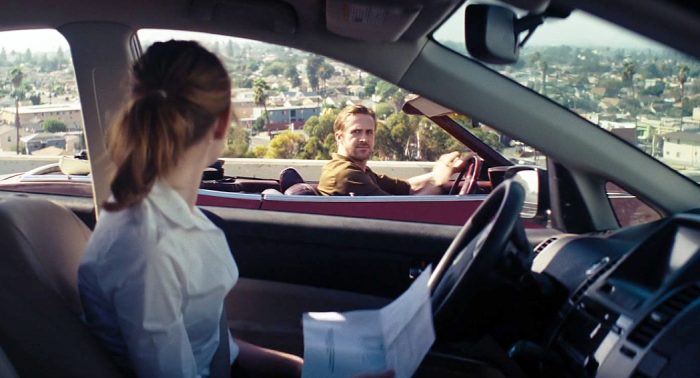
The majority of rural roads adhere to the national speed limit, which is 60mph, however, this does not mean that you can or should be travelling at this speed. When travelling on a country road, your visibility is likely to be limited by the hedgerows and the winding path of the lanes. This could see you encounter blind bends, which, as the name would suggest, mean that you will not be able to see any oncoming traffic or hazards around the corner.
As a result, countryside driving requires you to use your own judgement to decide what speed it is safe to be travelling at. This will of course change, depending on the conditions, for example, if the road is wet following a spell of rain, if you’re driving after dark, or if there is a hazard in the road.
Wildlife and farm animals
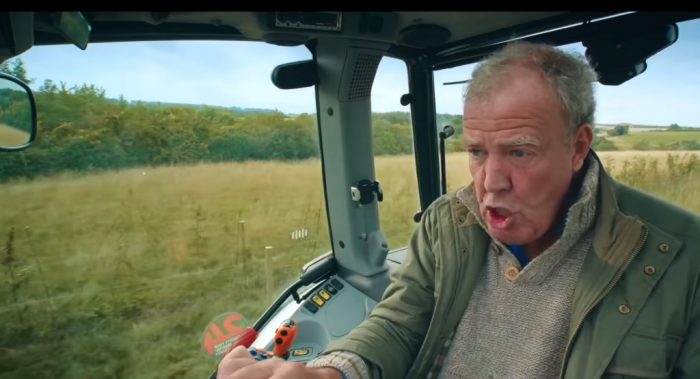
Much of the appeal of driving on country roads is that you can catch a glimpse of the incredible wildlife that inhabit our natural surroundings. However, these creatures may wander onto the road, putting both themselves and you at risk. In this situation, you should break to avoid them, but only if it is safe to do so. Because animals can run into your path unexpectedly, it is vital that you travel at a speed that allows you to react should you need to avoid a hazard.
You may also meet farm animals on country roads. For example, farmers regularly move their livestock to different fields, which means that you may be presented with a herd of cows crossing the road. You may also share the road with horse riders. In these situations, it’s vital that you pass the animal wide and slow and avoid revving your engine, since you could spook them, endangering yourself and the rider.
Flooding
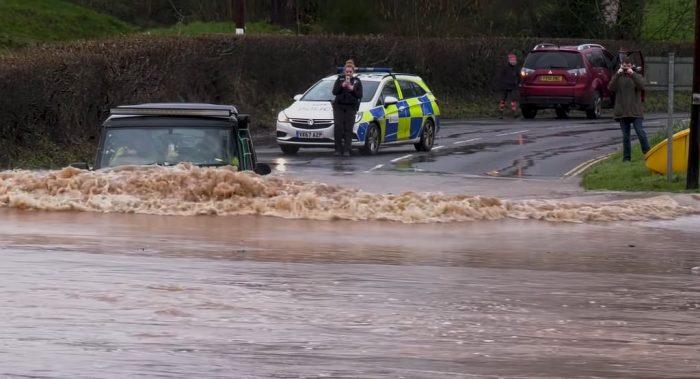
It’s not uncommon for rural roads to become water-logged if the area has experienced heavy rain. Although some pools of water might look uncompromising, it’s important that you drive through them slowly, as it can be easy to lose control and the water may be deeper than you initially thought.
